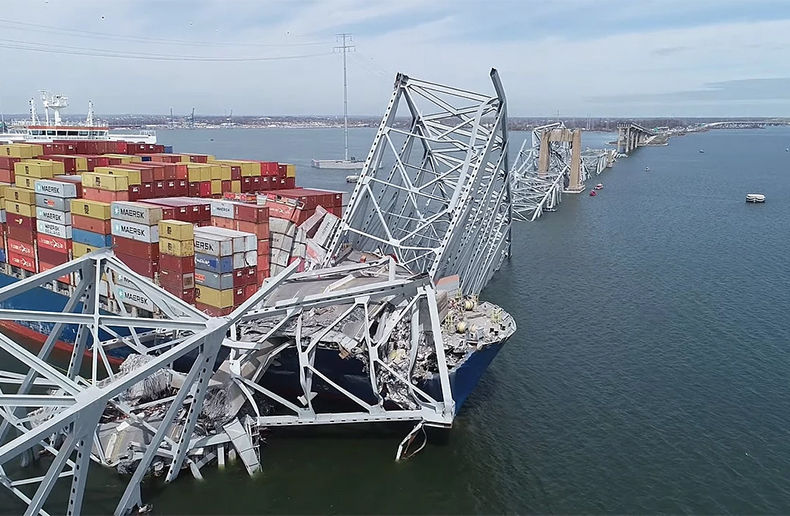After the years of premium hikes that followed the financial scandals of the late 1990s and early 2000s, the cost of errors and omissions insurance for financial advisors is stabilizing.
At AXA Insurance, an important player in the Quebec market, errors and omissions (E&O) premiums have remained stable for existing accounts. "The market is competitive because everyone wants to keep his accounts," explains France Lemelin, who is the head of the AXA division that underwrites errors and omissions insurance. "For individual risks, the market is a little soft despite the recession. For group risks, premiums are stable."
However, claims at the insurer have risen slightly since the start of the financial crisis in the fall of 2008. Ms. Lemelin says that the most common claim is based on a failure to respect the investor's risk profile, followed by disciplinary complaints, then bad advice, and finally because of a drop in the value of a client's investment portfolio.
Insurers have also become more cautious in risk underwriting since the recession began. "Ponzi schemes, such as Madoff, have led to a significant hardening in rates and the introduction of relevant exclusions in the market for financial advisors," says Sean Murphy, Vice President and Attorney In Fact in Canada for Lloyd's underwriters.
The E&O market [in Canada] can best be described as experiencing flat to low single digit rate reductions, apart from cover relating to financial institutions where pricing has hardened since 2008, he says.
To date, there has been a lower than expected level of recession related claims, and Mr. Murphy says this is the main reason behind today's low premiums. He believes that a major catalyzing event would be required to push up E&O rates. "Either a surge of recession related claims over the next six months or, perhaps more likely, there will be pressure on underwriters to write to lower combined ratios to achieve the required return on equity," he comments. "Exceptionally low interest rates are producing far lower returns on technical reserves than previously was the case around five years ago."
Mr. Murphy says that the E&O business remains profitable for Lloyds, and notes that the Canadian market is an important one for Lloyds due to the country's relatively favourable legal environment, especially when compared to the United States, "For 2009 the Lloyd's Canadian E&O market represented around 10% of the total Lloyd's non-US E&O premiums," he says.
A large portion of the E&O business for independent financial advisors flows through the three trade associations, namely the Canadian Institute of Financial Planners (CIFPs), the Independent Financial Brokers of Canada (IFB), and Advocis.
In an interview with The Insurance and Investment Journal, CIFPs President and CEO Keith Costello noted that his organization's E&O plan remains claim free, and says premiums have decreased slightly over the last few years. He attributes the plan's good experience to the fact that CIFPs members are Certified Financial Planners, and are obliged to use engagement letters to clearly define their duties and obligations at the outset of a financial planning relationship.
Underwritten by Westport Insurance, the base level CIFPs plan offers advisors who are licensed to sell insurance and mutual funds $1 million of E&O coverage per claim, up to a $2,000,000 aggregate, for an annual premium of $685.00. Two million dollars of insurance is available for $850, and $5 million costs $1210. Each level includes a $1000 deductible per claim.
The IFB offers members E&O coverage underwritten by the Echelon General Insurance Company. "IFB has once again successfully negotiated the best rates and coverage available to independent brokers," reads the IFB web site at www.ifbc.ca, which points out that, effective July 1, lower rates became available in the $2 million and $5 million coverage levels.
For example, in the 2009 to 2010 policy year an Ontario life insurance advisor who earned less than 49% of his income from the sale of mutual funds had to pay an annual premium of $770 for $1 million worth of professional liability coverage, $1,026 for $2 million, or $1,444 for $5 million. In the 2010 to 2011 period, IFB's $1 million dollar rate remains the same while the cost for larger amounts of E&O coverage will decline slightly to $940 for $2 million, and $1,417 for $5 million.
Advocis offers insurance to both members and non-members alike through the Advocis Protective Association, managed in partnership with Willis Canada and underwritten by Liberty Mutual. How much have the APA's rates changed over the last year? "I have no clue," responds APA chair Roger McMillan. While competitive pricing is important, he says the association is more concerned with comprehensive coverage and long term strategy than short term price wars. "Our goal is to build a plan that is stable and sustainable," he says. He suggests that price alone is a poor measure of a plan's value, and says advisors should pay more attention to the features and the extent of the E&O protection offered.
According to the APA web site, in 2010 an advisor based in Alberta, British Columbia, Ontario or Quebec who was active in both insurance and mutual fund products could obtain $1 million dollars of E&O coverage with a $2 million aggregate from the APA for $750 dollars under their "Coverage A" package. This includes the base $645 premium, plus a $105 APA sponsorship fee. Two million dollars of coverage costs $845, while the annual premium for $5 million is $1600.
Mr. McMillan notes that the self-funded APA insurance organization was formed in order to avoid the kind of debacle that took place in 2002, when St. Paul's Fire and Marine pulled out of the Canadian E&O market, leaving thousands of Advocis members wondering whether or not they would be able to obtain the professional liability insurance they needed in order to retain their licenses. He points out that the APA board is made up of financial advisors, and says they understand not only the risks inherent to the business, but also the kind of protection required.
He also discourages advisors from simply buying the basic $1 million of E&O coverage. That may be the minimum amount of coverage required by the regulators, but it is unlikely to be enough to fully protect the advisor's personal assets in the event of a lawsuit. Mr. McMillan suggests that the premium for $5 million dollars of coverage is quite reasonable, and does not cost five times as much as the $1 million coverage.
Harold Geller is a lawyer in Ottawa with Doucet McBride whose specialty is both defending and prosecuting financial advisors. Like Mr. McMillan, he warns that not all E&O policies are created equal, and suggests advisors take the time to do their due diligence, and review the wording of each contract in detail. "There appears to be an increasing trend to reject full defence and indemnity coverage," he says. "As a result, the differences in the E&O policies available appear to be more apparent now then two years ago."












